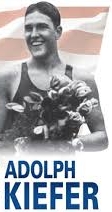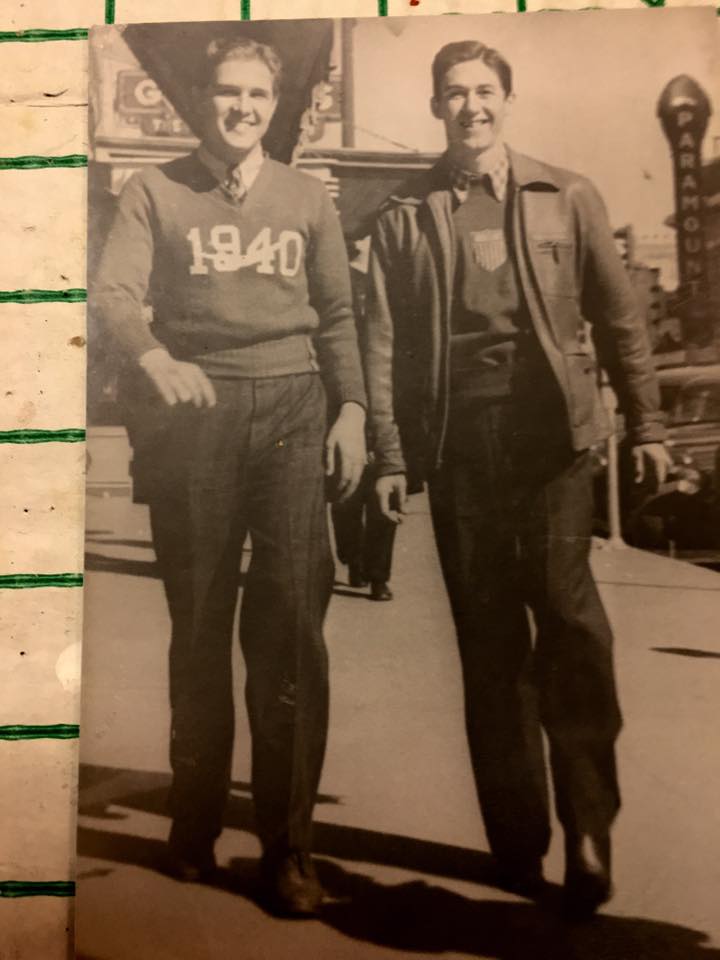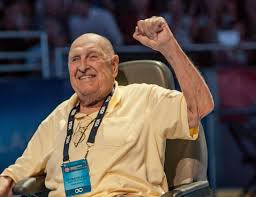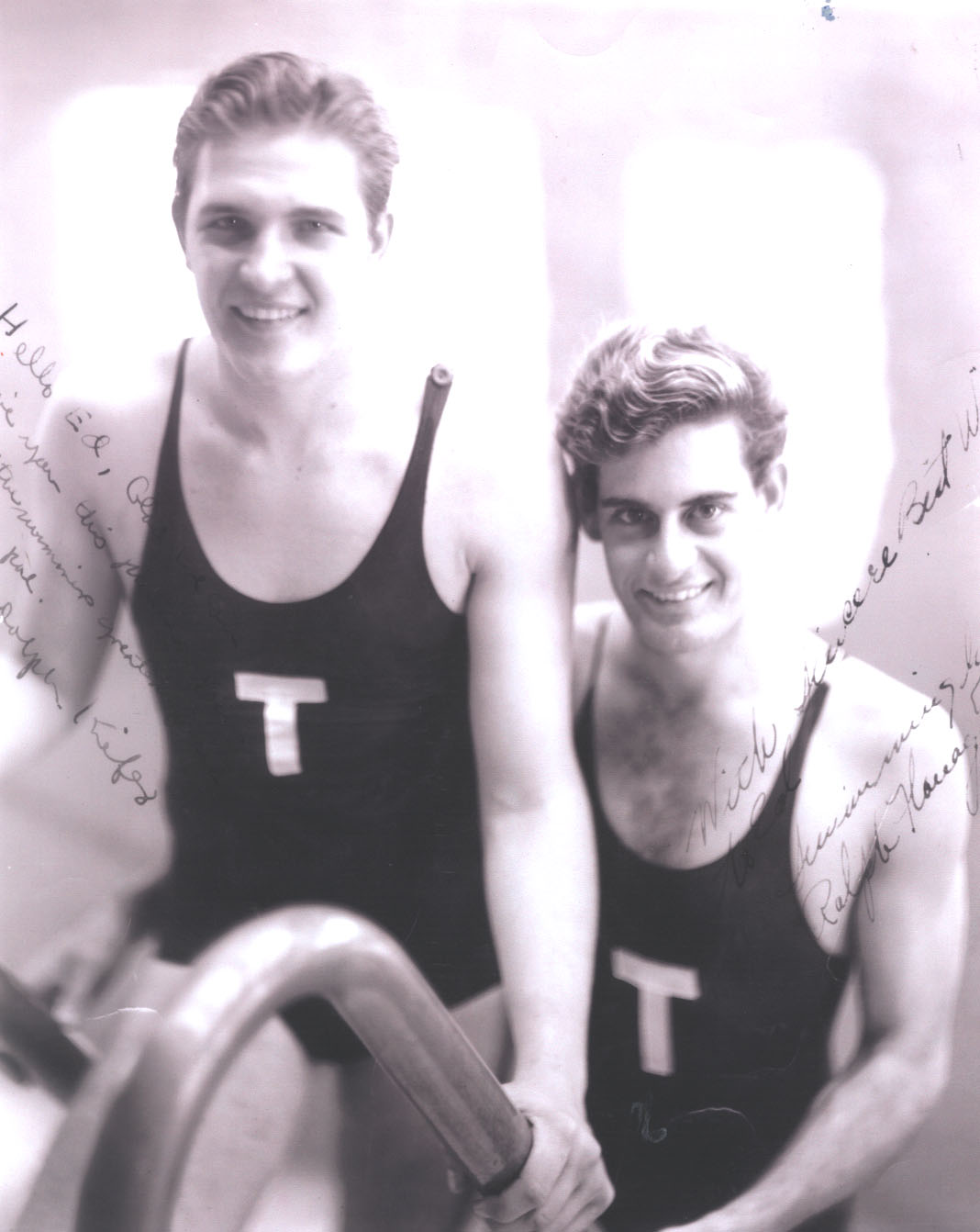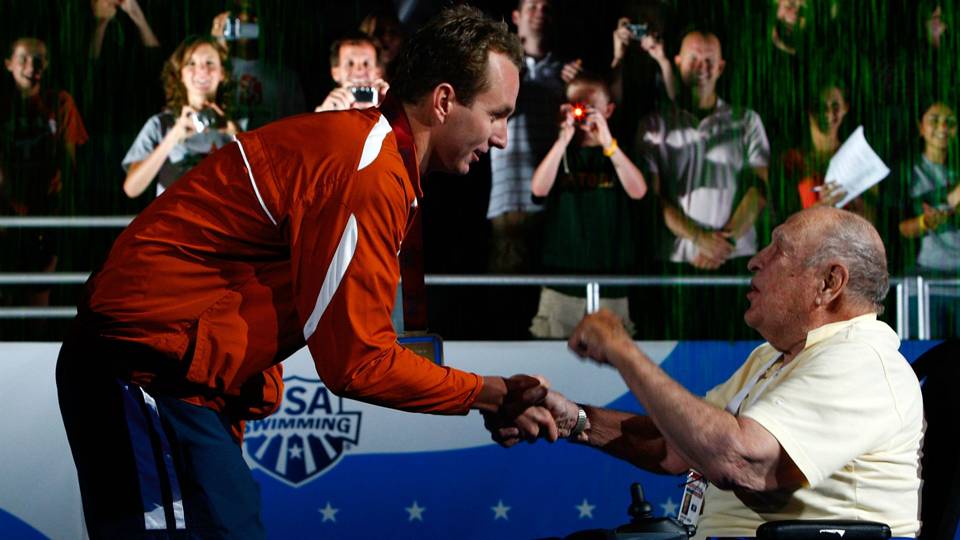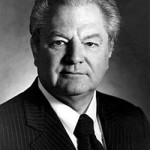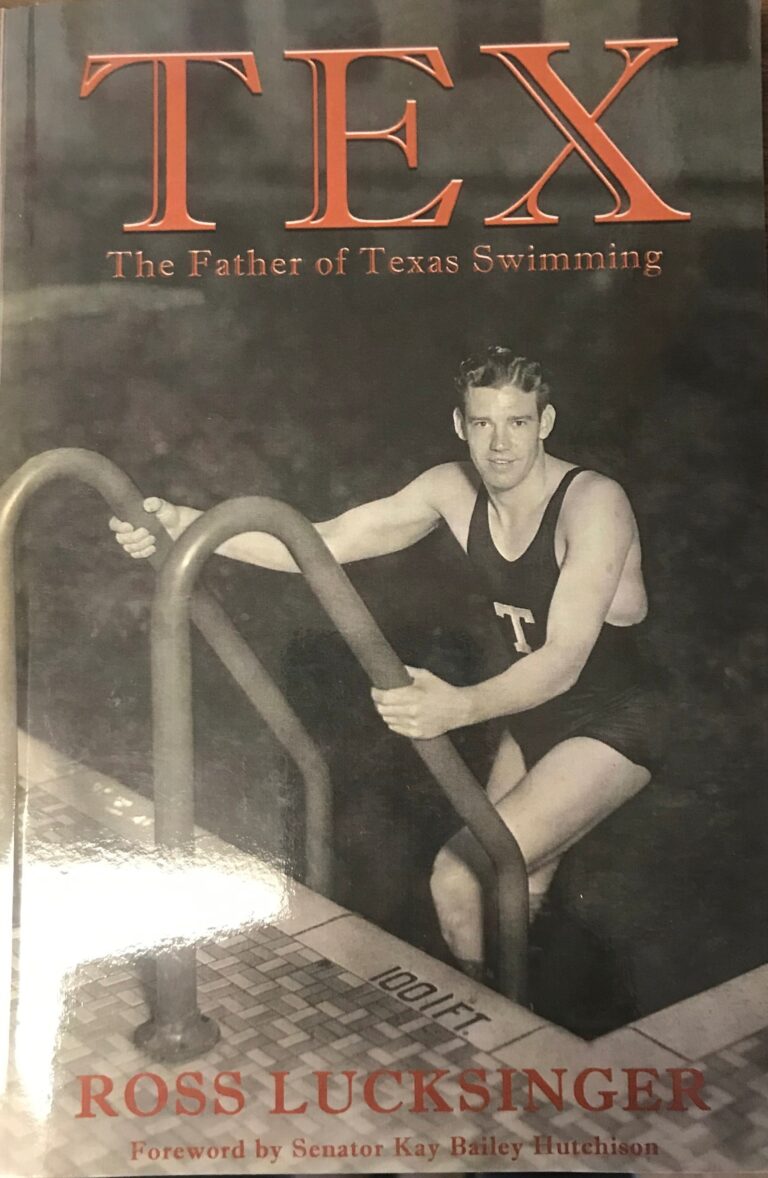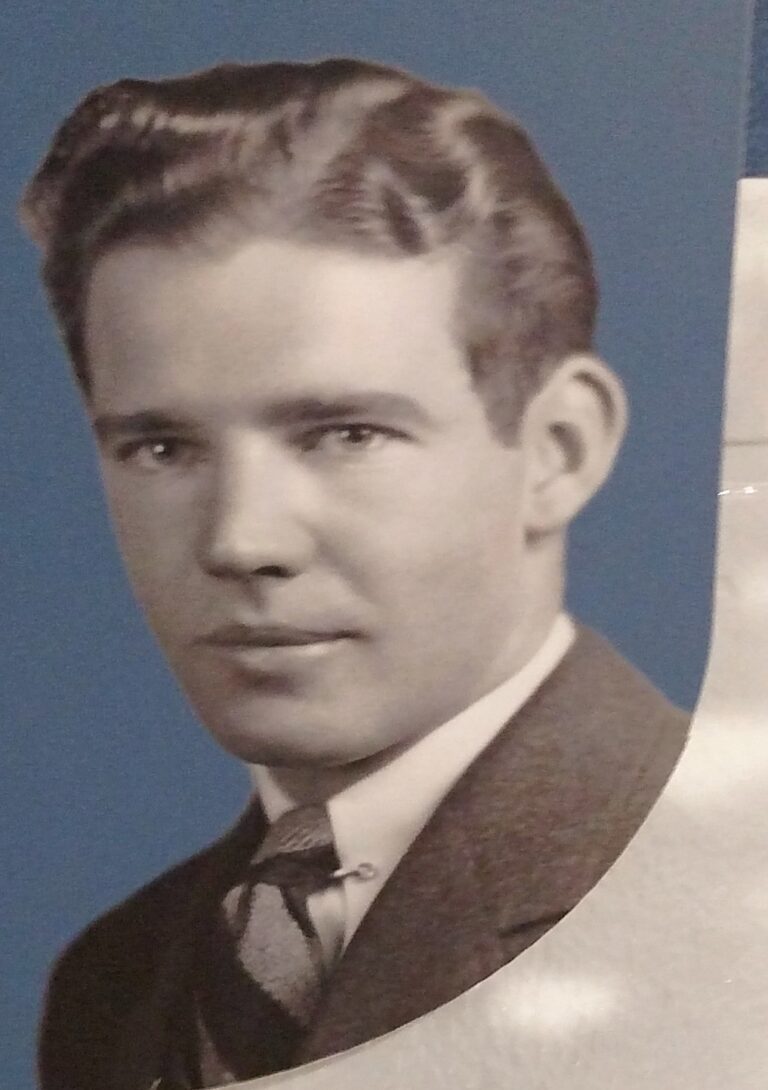Adolph Kiefer
THE NAVIGATION TOOLS TO THE CONTENT OF THE WEB SITE ARE AT THE TOP OF THIS SCREEN. THE SITES ARE “QUE” , “FAN”, “TLSN”, “SPORTS”, “ARTICLES”, “ICONIC”, “MISSIONS”, “LOST TOO SOON”, “SENTRY”, AND “DONATE”.
data-animation-override>
“Click on the text denoted in red font on the side bar to visit other sites in this “article” grid”
Who is the Kid in the Pool?
After Adolph Kiefer’s gold in 1936, It took 48 years for another Longhorn swimmer to win an Olympic Gold medal. That says volumes about the significance of Adolph Kiefer’s Gold medal performance. However, if you look at the top 20 backstroke records as of 2018, Adolph Kiefer’s name is not listed. Kiefer’s greatness was not determined by a transient swimming record but lifetime accomplishments. Using that standard, Adolph Kiefer’s records will never be eclipsed.
In 1933 Kiefer convinced Tex Robertson the captain of the Michigan swim team to teach him the strokes needed to excel in swimming. On a Thanksgiving day Adolph Kiefer decided to hitchhike to Michigan to take some stroke lessons from Tex and head coach Mann of the University of Michigan swim team walked by and said to Tex “Who’s that kid in the pool?” Robertson replied, “Kiefer, I’m helping him.” Mann said “Let’s see that kid swim a hundred”. Kiefer did as instructed and then swam it again for confirmation of his time. Mann was shocked and said “You just broke the world record — twice!” Three years later on January 18, 1936 Kiefer set a world record for the 100-meter backstroke at Brennan Pools in Detroit, Michigan.
Adolph Kiefer was won of the most dominate swimmers every in the back stroke. At he 1936 Olympics Albion Ross -a reporterfor the New York Times- said “No one who saw today’s race could honestly deny that he had witnessed the greatest back stroker that has ever swum.” “There probably are a dozen athletes of all sorts who are in a class by themselves where they need fear no competition and are beyond comparison with rivals. To this exclusive, almost supernaturally gifted company Kiefer belongs.”
Albion Ross was correct in his observations. In total, Kiefer broke 23 records — including every national and world backstroke record — and lost just twice over 2,000 career races. AT 16 years of age in 1935, he was the first man to break the one-minute mark in the 100-yard backstroke. He set at least 17 world records at distances ranging from 100 yards to 1,500 meters and was a national champion 58 times in 10 years (1935-1945), which included the backstroke, freestyle, and IM events. His introduction of the flip turn in the backstroke was a key to his records lasting over 20 years.
Adolph Kiefer passed away on May 5th, 2017 at 98. He was America’s oldest living Olympic champion.
“There will never be another like Adolph Kiefer,” Bruce Wigo, President of the International Swimming Hall of Fame, said in Kiefer’s obituary. “Not only was he a great swimmer and businessman, but he was a great human being, husband and father whose memory will live on as a model and inspiration for future generations of swimmers and non-swimmers alike.”
CEO of the USOC said we are ” deeply saddened to hear of the passing of Adolph Kiefer and offer our heartfelt condolences to his family and friends.” “As we reflect on his accomplishments as an Olympic champion, we are also reminded of the indelible impact he left on generations of swimmers. His contributions as a teacher and innovator helped save countless lives and changed the sport of swimming for the better. His passion for sport and safety was unmatched and his presence will be missed.”
“Adolph Kiefer embodied swimming and lived it every day of his life. He was a pioneer for our sport in the truest sense of the word,” USA Swimming interim executive director Mike Unger said in a statement. “Adolph was so passionate about swimming and exuded it to everyone.”
Since Adolph Kiefer was of German heritage Hitler and Hermann Goring wanted to meet him during the 1936 Olympics. Asked by a reporter about his memories of meeting Hitler Kiefer said “I remember him being a small man with a small hand and his handshake wasn’t a firm one”. Kieer learned to hate Hitler and even said at one time “I even can’t stand the name Adolph now. But I’m stuck with it.”
Adolph Kiefer at the U.S. Olympic swimming trials in Omaha, Nebraska, in June 2012.
He says winning the gold with Jesse Owens in the 1936 Olympics was not his most important moment in his life. He said “The biggest thrill of my life was having people tell me that I saved their life by teaching them the ‘victory’ backstroke. He joined the Navy at 23 and developed an intensive learn-to-swim program in which sailors were required to receive 21 hours of water survival training. He later oversaw the recruitment and training of over 13,000 naval swimming instructors. Those instructors would go on to teach more than two million recruits how to swim and survive a sinking ship.
After the war he was offered the role as Tarzan in a Hollywood film and roles as a “lover” in movies, but his passion was swimming and he decided to follow his heart. In 1946 Kiefer Sports Group was formed and his creative side flourished. He has 15 patents on product.
Kiefer has always been a fitness advocate. He has encouraged businesses to support fitness programs, but he said somewhat cynically at a swimming hall of fame event that he “sometimes believe industry stamps a man physically fit if his handshake is firm, head steady enough to do battle with a three-martini lunch, and his bottom hard enough to sit long hours behind a desk.”
His company developed
-
the nylon “Kiefer” swimsuit- due to the silk shortage from WWII Kiefer developed nylon fabric for swim suits. Adolph offered a viable option to the wool suits still worn by many beach-goers and the “Kiefer” suits was great for swimmers;
-
the first non-turbulent racing lane, which helped to level the playing field by making it harder for swimmers to “ride the wake” of a swimmer in another lane;
-
the first kick board;
-
the PVC rescue tube that is now largely used by lifeguards, and nearly a dozen other swimming products.
Kiefer was inducted into the inaugural class of the International Swimming Hall of Fame in 1965. He served on the President’s Council on Fitness, Sports and Nutrition for three presidents.
Kiefer has always been a fitness advocate. He has encouraged businesses to support fitness programs, but he said somewhat cynically at a swimming hall of fame event that he “sometimes believe industry stamps a man physically fit if his handshake is firm, head steady enough to do battle with a three-martini lunch, and his bottom hard enough to sit long hours behind a desk.”
Adolph Kiefers contributions to Longhorn traditions represents a portal to the past that reminds Longhorn fans that heritage shapes the present and empowers the future.
Please see link below from NBC
http://olympics.nbcsports.com/2017/05/06/adolph-kiefer-interview-berlin-olympics-swimming/

